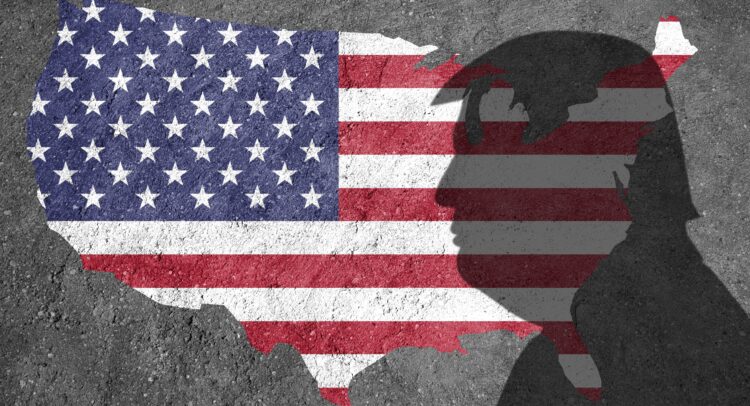Trump’s new tariffs aren’t just about trade—they’re about making “America Great Again.” On what he’s dubbed “Liberation Day,” the former president dropped a sweeping set of import tariffs designed to reverse decades of globalization and force companies to bring production and factories back to the U.S.
White House Pushes a Made-in-America Mandate
The policy is simple on paper: a 10% base tariff on all imports, with higher rates on top trading partners—54% for China, 46% for Vietnam, and 20% for the EU. The message is even clearer. If your goods aren’t made in the U.S., they’re going to cost a lot more.
Trump has long promised to overhaul global supply chains. But the scale of this new round signals a dramatic escalation. Multinational companies from automakers to tech giants now face a choice: pay the price, or shift operations closer to home.
Backlash Builds as Businesses Warn of Price Pain
Critics are already pushing back. Industry groups say the tariffs will hurt American consumers more than foreign exporters. Higher input costs, more expensive imports, and retaliatory tariffs could squeeze sectors like manufacturing, agriculture, and retail all at once.
The National Foreign Trade Council called it a “massive tax hike” on U.S. businesses. And if past trade wars are any guide, these price shocks could hit shelves fast.
The U.S. Is Turning Away from the Global Trade Model
According a Wall Street Journal report, this plan marks the most aggressive shift away from globalization by any modern U.S. administration. The paper reported that the goal is to fully reorient the economy around domestic production—signaling the end of America’s decades-long support for a global, open-market system.
It’s unclear whether this reshoring push will bring back jobs—or just leave consumers footing a bigger bill.
How Did the Market React to Trump’s Tariffs?
Markets weren’t exactly cheering. The SPDR S&P 500 ETF Trust, which tracks 500 of the largest U.S.-based companies, dropped 2.99% in pre-market trading following the tariff announcement. Sectors like industrials and tech took the biggest hit. The message from Wall Street was loud and clear—reshoring factories might sound good politically, but investors aren’t buying it just yet.

















